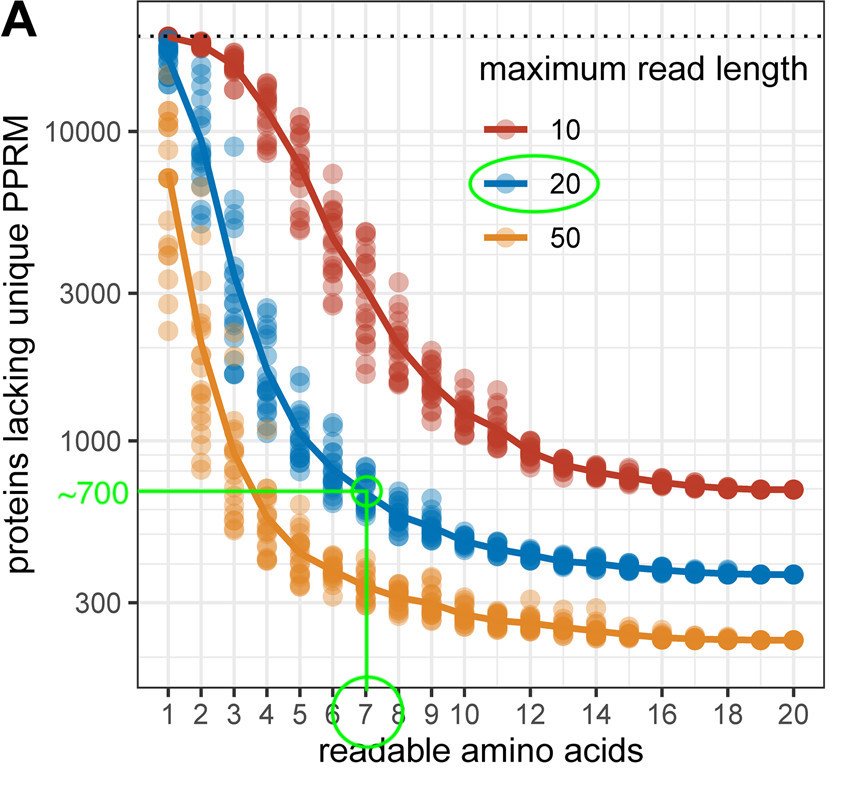(1/5) The molecular #diagnostic industry (MolDx) historically has been highly commoditized with limited differentiation between providers. We think next-gen #sequencing (NGS) and machine learning have forced a new, competitive paradigm on the MolDx space.
(Short Thread)
(Short Thread)
(2/5) NGS-powered diagnostics have complex workflows with numerous inefficiencies involved in upstream sample prep and downstream #bioinformatics. We believe MolDx providers can mitigate these inefficiencies through R&D spend.
(3/5) Within the MolDx space, we consider R&D to be an asset instead of just an operating expense. R&D dollars may produce novel products, patents on intellectual property, and cost-of-goods-sold (COGS) reductions.
(See Chart Below)
(See Chart Below)
(4/5) Here, the x-axis approximates how aggressively MolDx providers fund internal R&D as a % of OpEx. The y-axis tracks the net value of R&D dollars spent in the previous three years, which we believe should convert into future cash inflows or margin improvements. 

(5/5) We note several clusters amongst the subdomains of the MolDx space, namely tissue profiling (yellow diamond), liquid biopsy (blue triangle), big data cancer genomics (purple square), and germline testing (green circle).
It appears #germline companies are not at consensus.
It appears #germline companies are not at consensus.
(Bonus) My best guess is that somatic testing is more deterministic w/ closer cause-effect relationships. Biofluid samples seem to require heavier R&D spend, likely bc of enrichment/bioinformatics.
Germline is very probabilistic w/ very hard variant interpretation needs.
Germline is very probabilistic w/ very hard variant interpretation needs.
• • •
Missing some Tweet in this thread? You can try to
force a refresh








